Of all the new cars being manufactured today, only 2% of them have a manual transmission. This means that more car buyers prefer a car with an automatic transmission to a manual one. That’s because automatic cars, as the vehicles with this kind of transmission are called, have many advantages. These cars are not only easier to drive but also appeal to beginner drivers. But this is not to say that you should not take any caution when you are behind the wheel of an automatic Mercedes Benz. In this article, we tell you about the 10 mistakes you must avoid if you want to prevent frequent costly Mercedes automatic transmission services. Continue reading to learn more or check it att24.
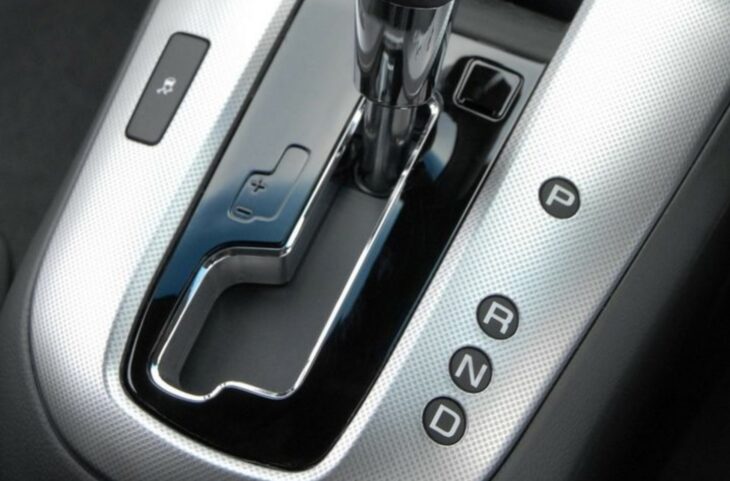
Source: RAC
Contents
- 1. Failing to Use the Emergency Brake
- 2. Leaving Your Mercedes Benz in Drive For Long
- 3. Engaging the Neutral Gear When Driving Downhill
- 4. Shifting Into Park While Driving
- 5. Driving with Two Feet
- 6. Keeping Your Gas Tank Low
- 7. Allowing Water to Get into Your Transmission
- 8. Shifting the Car From Drive to Reverse Before it Stops Completely
1. Failing to Use the Emergency Brake
If you park downhill, uphill, or any area that puts your car at the risk of any movement, it’s a rule to use the Emergence brake always. Failing to do this can spoil the parking pawl.
Drivers of cars with manual transmissions know they need to always use this brake, whether they are parked on a flat surface or uphill.
And when it comes to an automatic transmission, the same rule applies. This helps to protect the parking pawl so you won’t take it for Mercedes automatic transmission repair now and then.
2. Leaving Your Mercedes Benz in Drive For Long
If you don’t intend to drive for a while, for instance, while stuck in traffic or waiting at a traffic light, you might think it’s okay when your car is left in the drive.
But this isn’t a good idea at all. Even though it wastes gas to leave your car in neutral, these situations demand it. Your automatic transmission is at risk of damage if you leave the car in the drive for long.
Also, there are safety concerns you have to deal with when the car is in drive gear, for instance, when traffic starts to speed up. When your car is in neutral, it minimizes the movement and speed of your car.
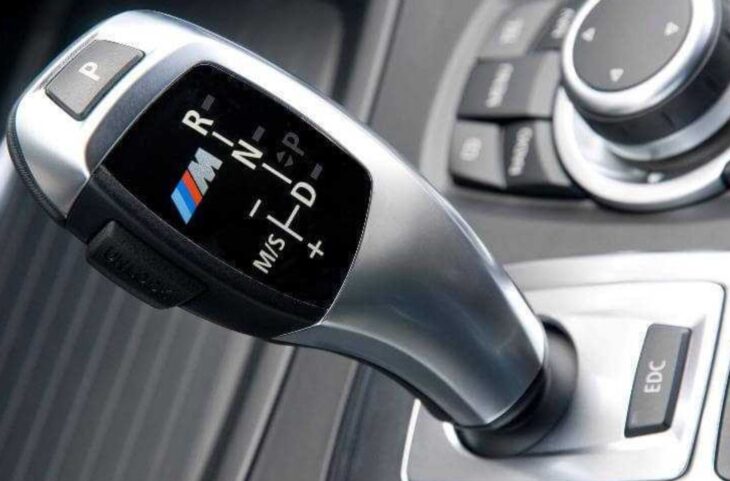
Source: Medium
3. Engaging the Neutral Gear When Driving Downhill
Another rule is to never put your vehicle in Neutral while you drive downhill. When you drive in neutral, it minimizes your control over the movement and speed of the car. That’s a massive safety issue. The better option is to manually downshift using the 1 and 2 shifts. Train yourself to brake, not with brake pads but with the engine.
Another thing is to always drive at manageable speeds. Most areas have speed limit signs. Use these as references.
4. Shifting Into Park While Driving
Remember that not all cars enable this. However, some cars enable shifting into parking while you are driving. This is something you should never do, even if you are driving at 5 mph. If you do so, you risk damaging the locking pin or the break.
Several people make this mistake without noticing it. It’s common for people to quickly stop if they are in a parking lot. Before you put the car into park, make sure you stop the vehicle firmly.
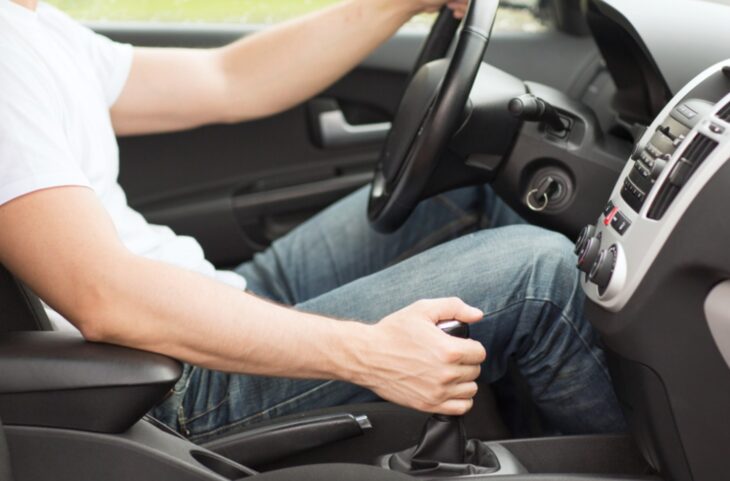
Source: Automotive Training Centre
5. Driving with Two Feet
If you are one of the people who never remove their left foot from the brake, with the right one on the gas, then you need to stop. Instead, you need to always drive with one foot. But it is okay to drive with two feet when you are behind a manual car. However, there is a risk of slamming both your feet on the pedals. Worse, you run the risk of using the incorrect foot in the inappropriate pedal.
Additionally, maintaining one foot on the brake can lead to exerting excess pressure on it. It can reduce the performance of the car, waste gas mileage, and even damage the brakes.
6. Keeping Your Gas Tank Low
With sky-high gas prices, it’s understandable not to fill up your tank to its fullest. Because of this, most people resort to paying for gas with pocket change. But this is a big mistake.
Don’t rely on your fuel gauge, as it is not an accurate indicator. Low fuel could cause you to be stranded in the middle of the road. Not only will you find this to be inconvenient, but it is also a huge safety concern. With time, it can damage the catalytic converter of your car.
Make sure to always keep your gas tank at least a quarter way full. Any time it hits the quarter line, make sure you fill it up.
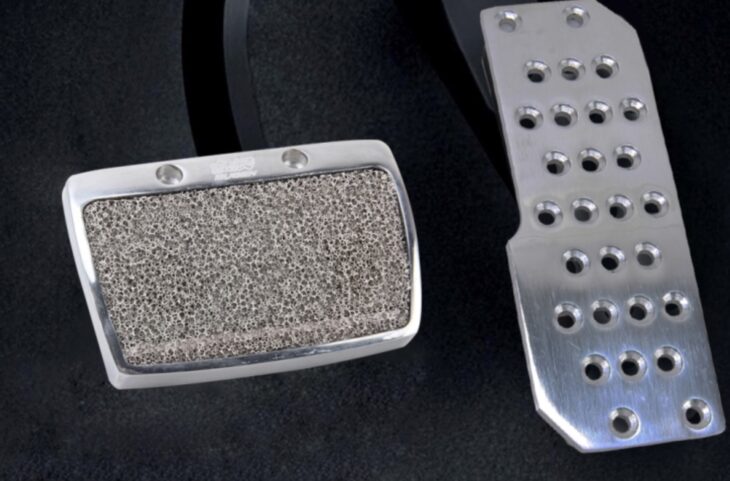
Source: Alexnld.com
7. Allowing Water to Get into Your Transmission
Now, water damages almost all mechanical components, and this is also true for your automatic transmission system. Water getting into the transmission system can cause irreversible damage to its components. More specifically, it even prevents the proper shifting of transmission gears.
In case you suspect that water has seeped into your transmission, you need to immediately contact a reputable transmission repair professional to check it out. Early attention can help to prevent further damage.
8. Shifting the Car From Drive to Reverse Before it Stops Completely
It’s not just unsafe to play with your car. Zooming through traffic at break-neck speed, with your adrenaline pumping, isn’t just bad for your life, but it also causes more harm to your transmission. You should first stop and then reverse the car. Reckless driving puts a lot of strain on the car’s transmission. Normally, this would be the job of the braking system.
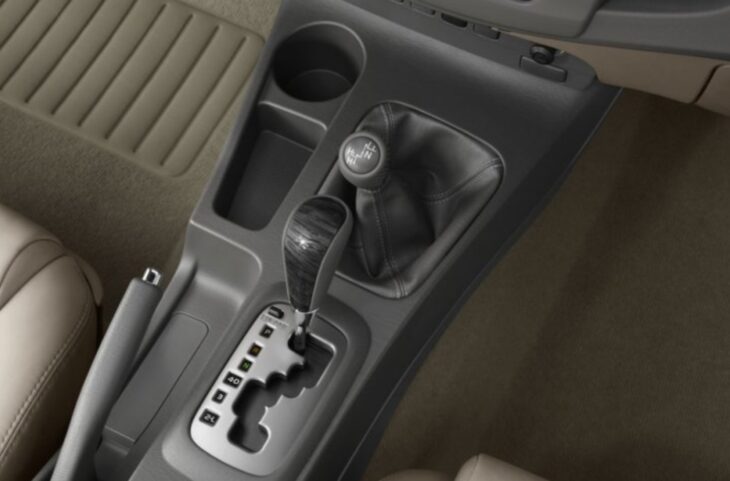
Source: The Automotive India
Conclusion
The transmission system is the most expensive component of your car. It’s even costlier to repair compared to the engine. For this reason, if not for anything else, you need to take a lot of care to ensure it does not get damaged. Fortunately, there are several things you can avoid while driving to ensure that your car’s transmission remains faultless. These include keeping water away from your transmission, ensuring that your gas tank is close to its full capacity at all times, not using the brakes, and engaging the neutral gear when you are driving downhill, among other things. If you drop these bad habits, you are sure to have your transmission system serve you for much longer.
